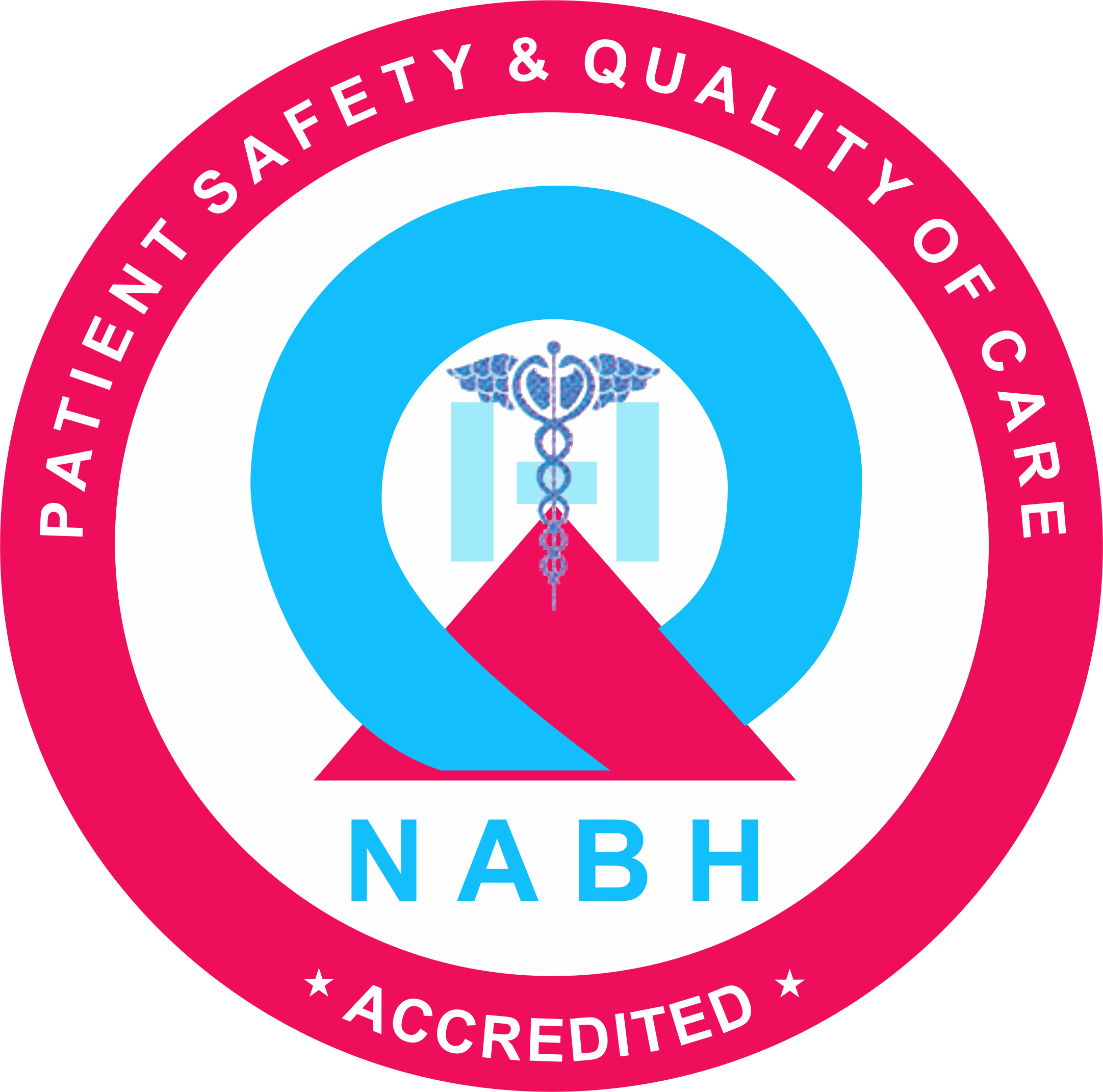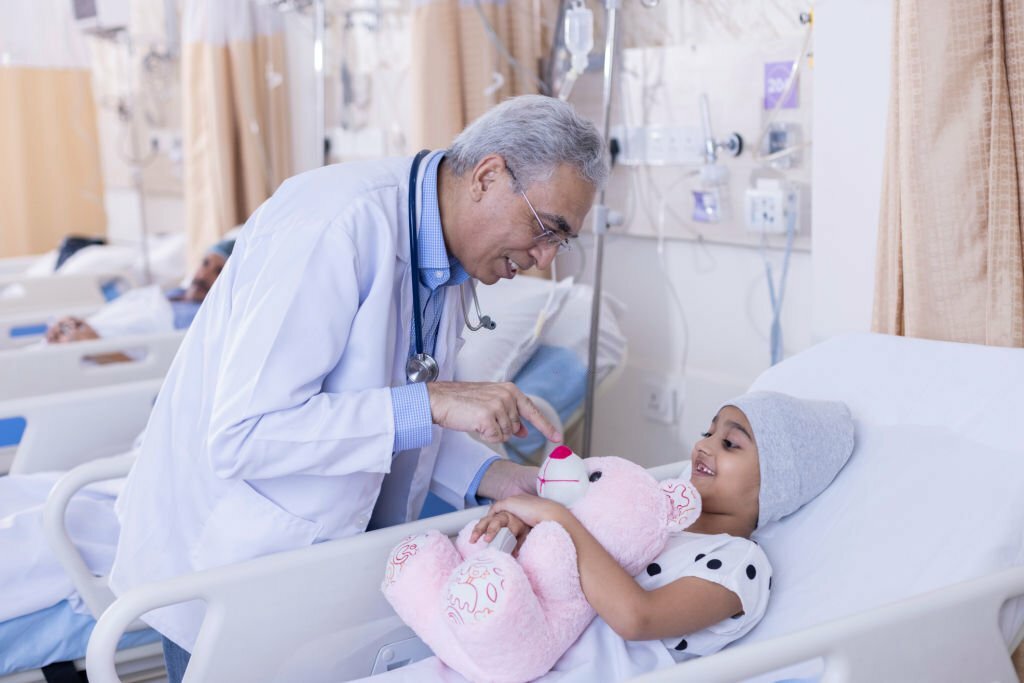


Leukemia: A cancer of the blood and bone marrow, leukemia is the most common childhood cancer.
Brain and Central Nervous System (CNS) Tumors: Tumors that develop in the brain or spinal cord, presenting unique challenges due to the sensitivity of the developing nervous system.
Neuroblastoma: A cancer that usually begins in the adrenal glands on top of the kidneys but can also occur in nerve tissue along the spine, chest, abdomen, or pelvis.
Wilms Tumor: A kidney cancer that primarily affects children, typically diagnosed around the age of 3 to 4.
Lymphoma: Cancers of the lymphatic system, including Hodgkin lymphoma and non-Hodgkin lymphoma.
Chemotherapy: The use of drugs to kill cancer cells or slow their growth. Chemotherapy may be administered orally or intravenously and is often a primary treatment for many types of childhood cancer.
Surgery: Removal of the tumor or affected tissue. Surgery is a common approach for solid tumors and can be curative if the cancer has not spread.
Radiation Therapy: The use of high-energy rays to target and kill cancer cells. It is often used in conjunction with surgery or chemotherapy, particularly for tumors that are difficult to remove completely.
Immunotherapy: Stimulating the body’s immune system to recognize and attack cancer cells. Immunotherapy has shown promise in the treatment of certain childhood cancers.
Stem Cell Transplantation: Replacement of damaged or diseased bone marrow with healthy stem cells. This procedure is commonly used for certain types of leukemia and other cancers affecting the blood and bone marrow.
Targeted Therapies: Medications that specifically target certain molecules involved in the growth and survival of cancer cells. These therapies aim to minimize damage to healthy cells.
Hormone Therapy: Used for certain cancers that are hormone-sensitive, such as some types of brain tumors or certain types of leukemia.
Supportive Care: Comprehensive supportive care to manage the side effects of treatment, including pain management, nutrition support, and psychosocial services for both the child and their family.

4 /120-F, PandikovilRing Road,
Airport – Mattuthavani Ring Rd,
Madurai
Tamilnadu – 625107.